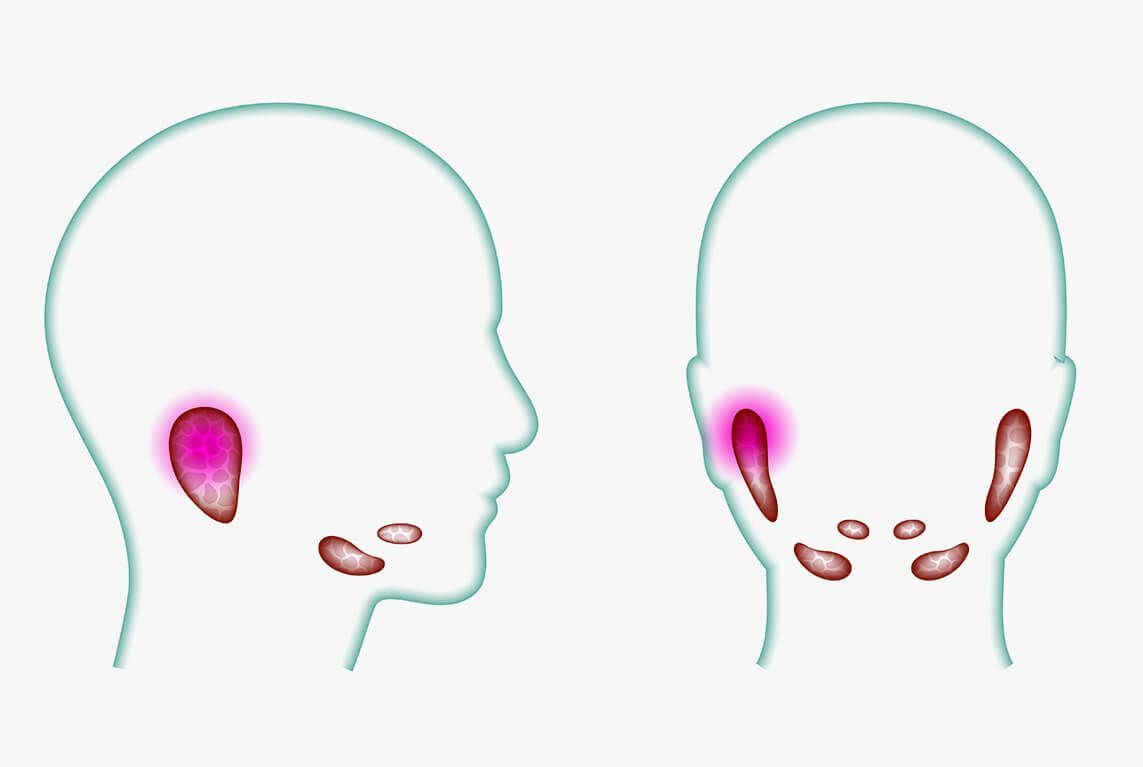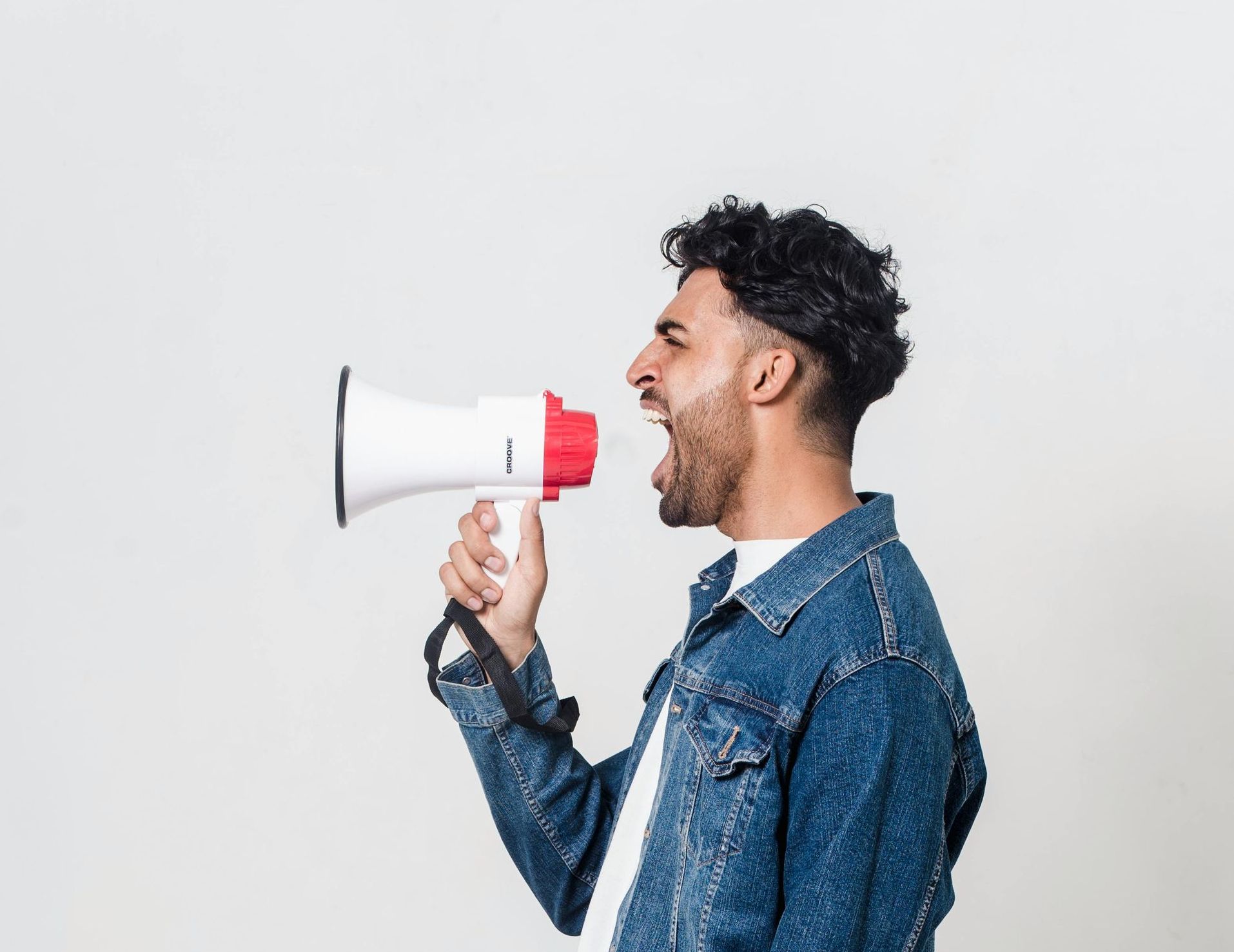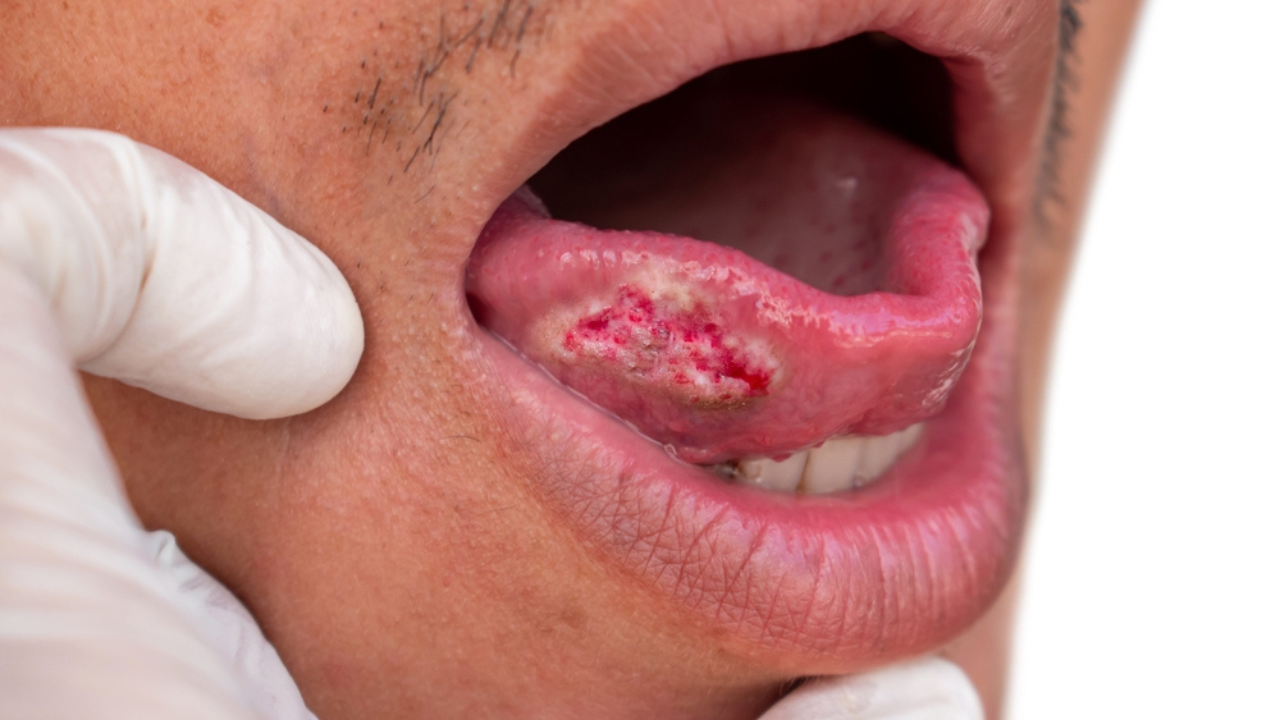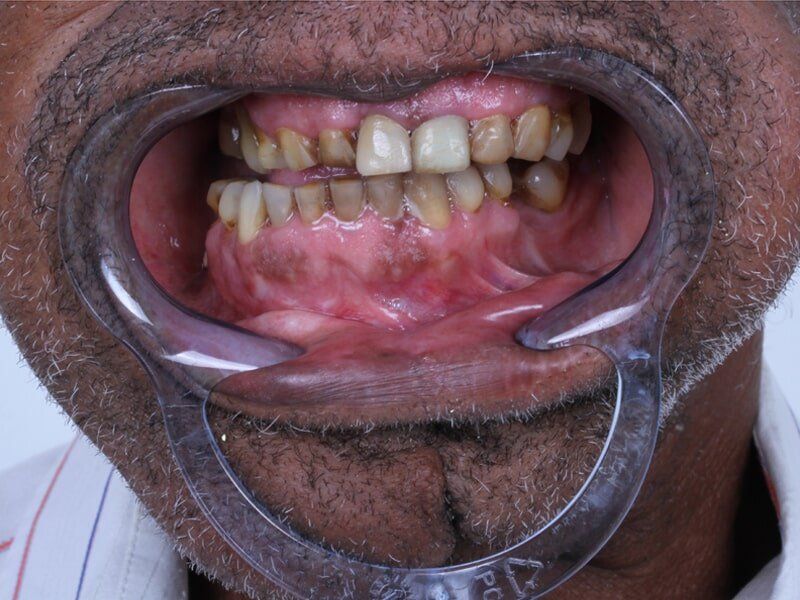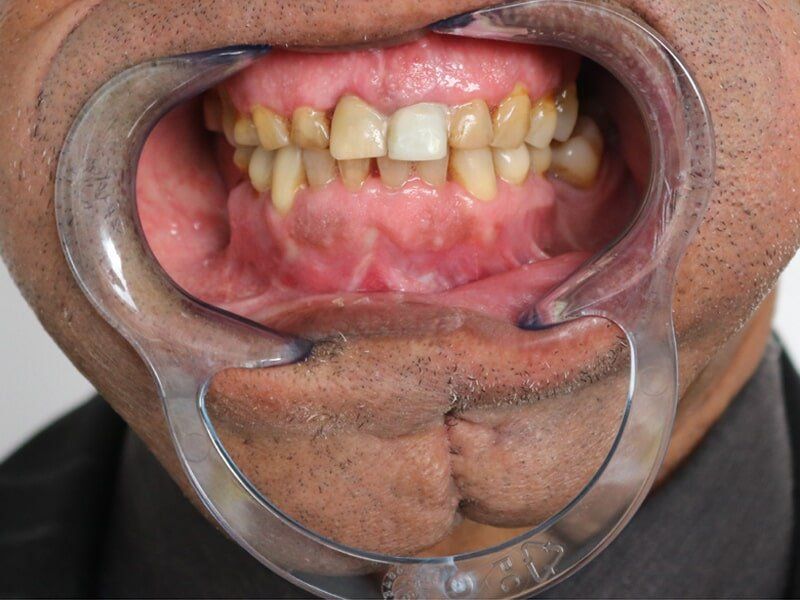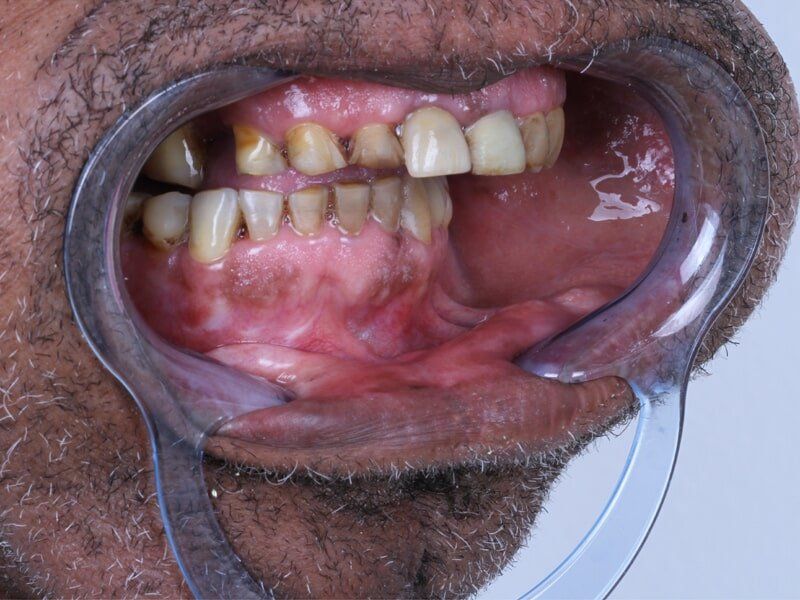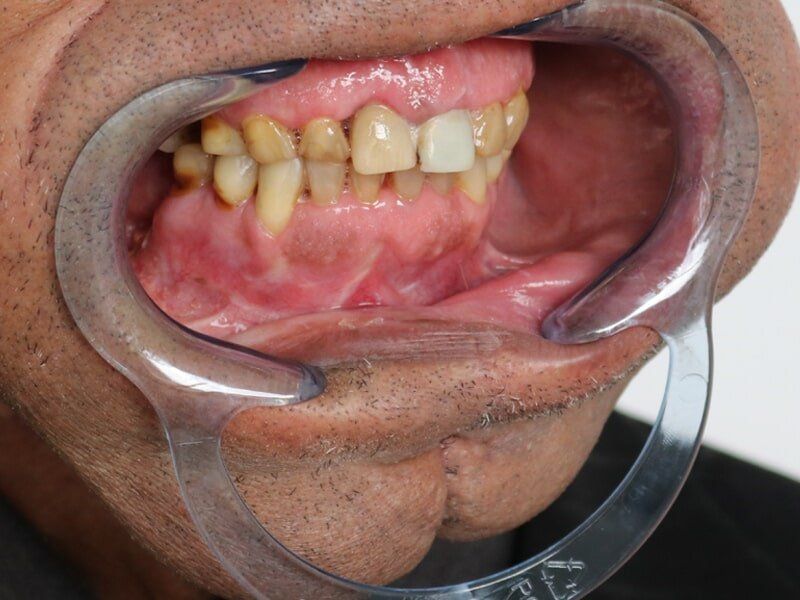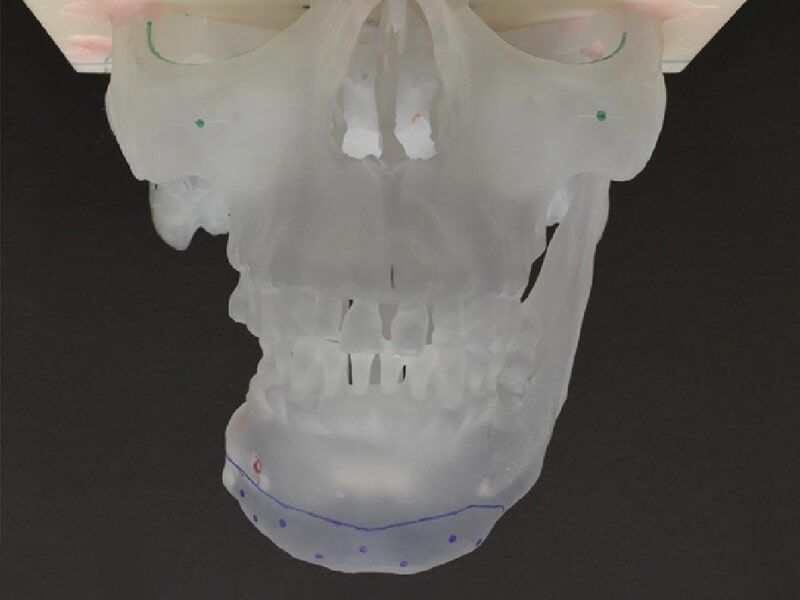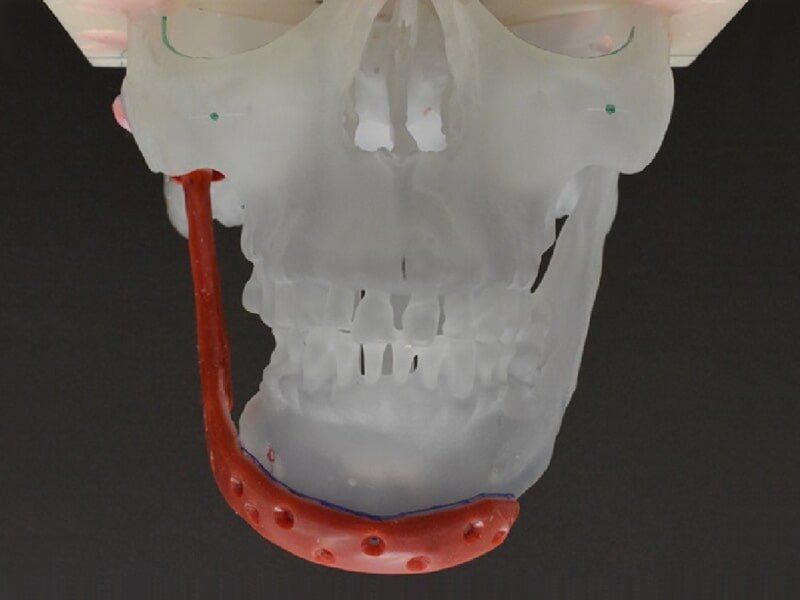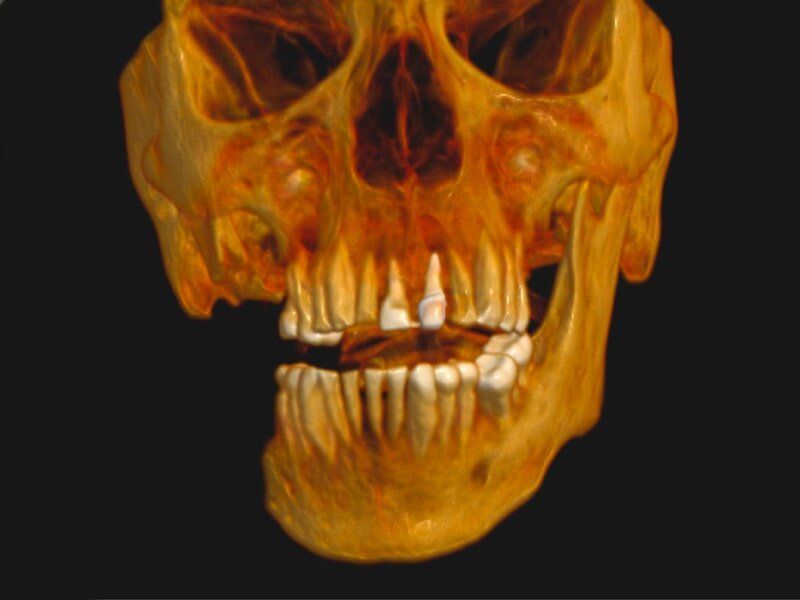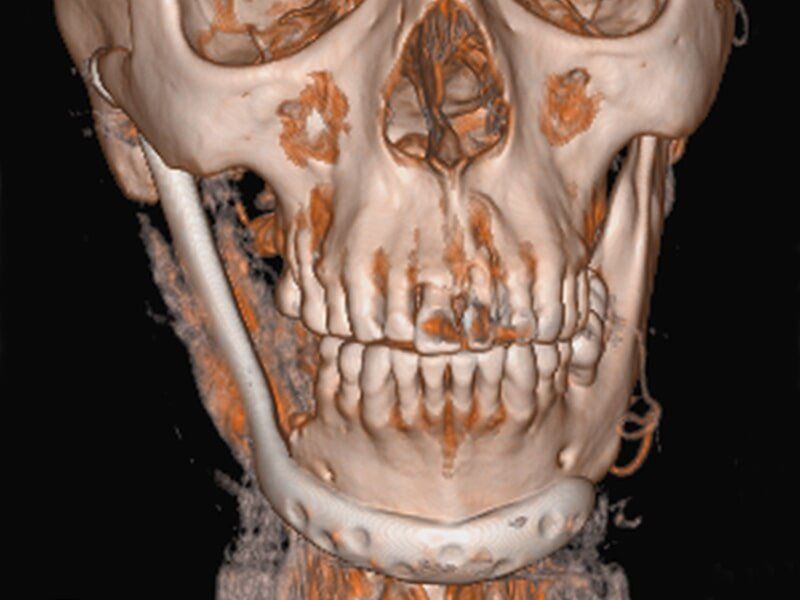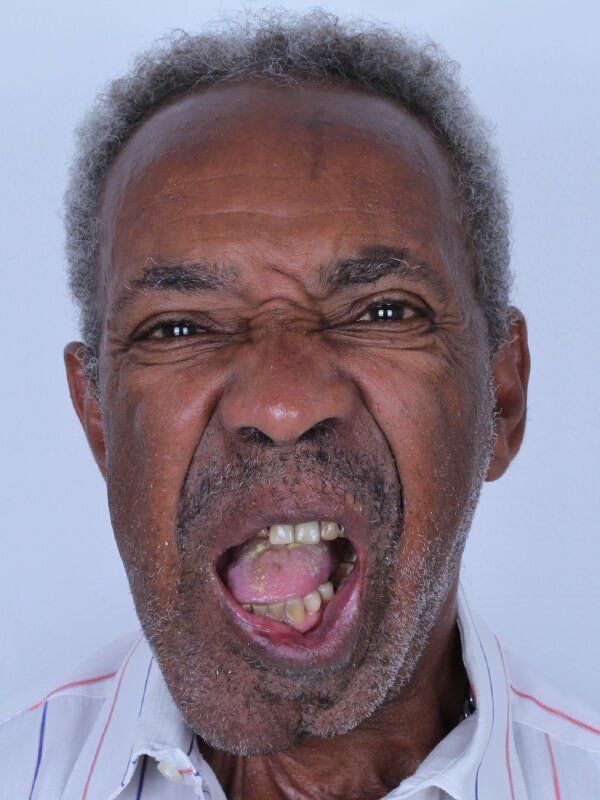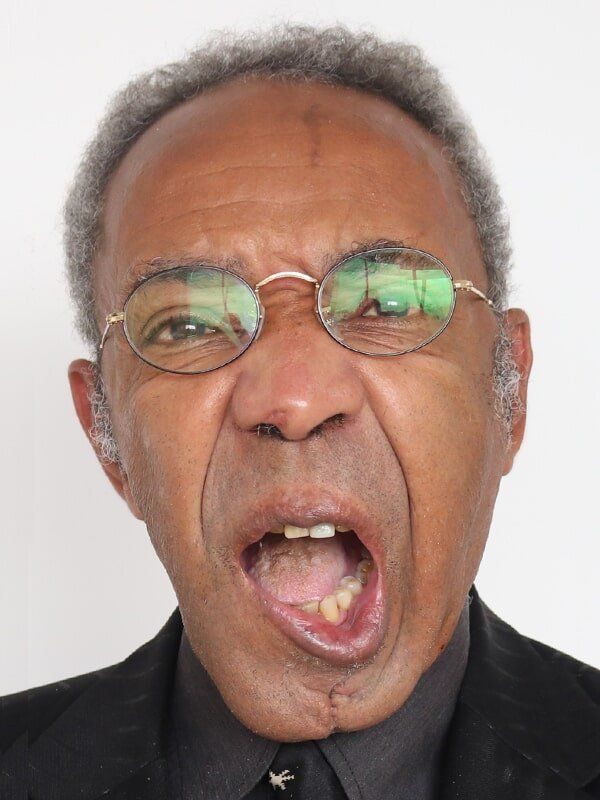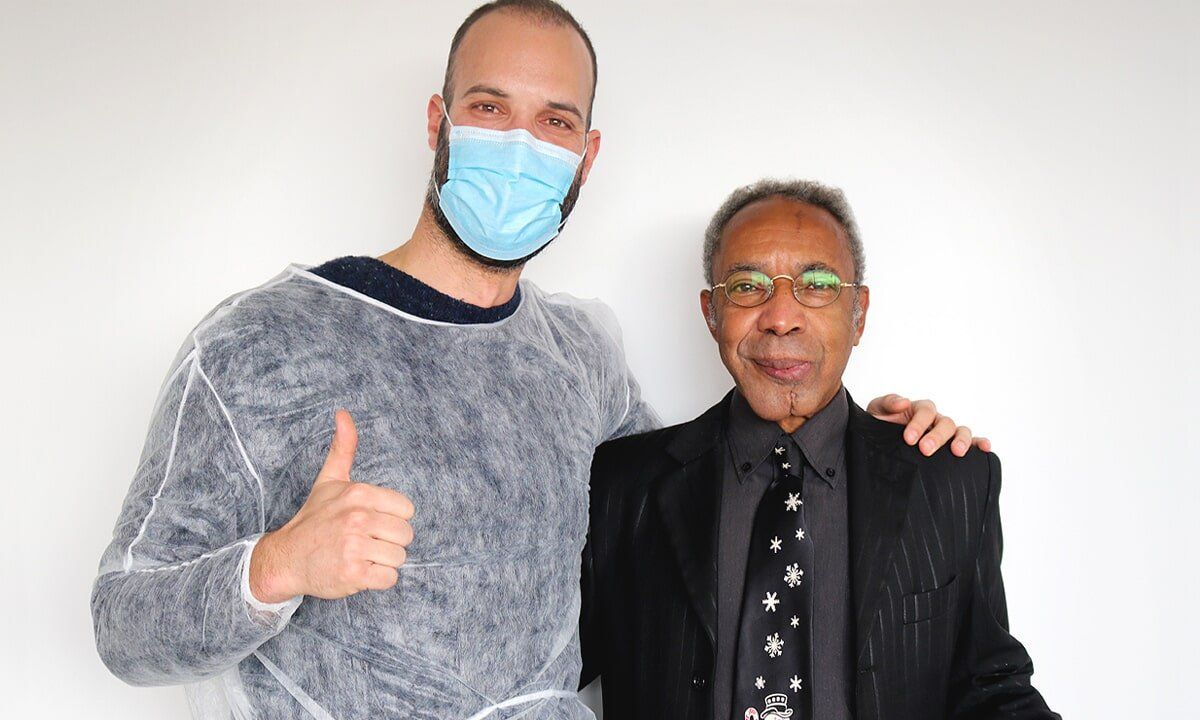VEJA COMO MUDÁMOS A VIDA AO SR. VITOR FONSECA, DIAGNOSTICADO COM CARCINOMA ESPINOCELULAR DA CAVIDADE ORAL EM 2016
POR PROF. DR. DAVID ÂNGELO
Todos os anos, por esta altura, escolho um caso clínico para partilhar. Porquê agora? Porque estamos em plena época Natalícia, uma época de esperança, onde todos podemos sonhar. Este ano escolhi o caso do Sr. Victor Fonseca. Porquê? Porque senti verdadeiramente que demos uma nova esperança a alguém que estava triste e desanimado, senti que demos qualidade de vida a uma pessoa que confiou em nós, porque foi um grande desafio!
EVOLUÇÃO
O Sr. Vitor foi diagnosticado com carcinoma espinocelular da cavidade oral em 2016. Fez uma resseção cirúrgica do tumor, com reconstrução de mandíbula, e radioterapia. Infelizmente, teve uma recidiva do tumor e foi submetido a nova cirurgia. Neste percurso teve uma infeção grave na zona cirúrgica. A nossa equipa de cirurgia de cabeça e do pescoço encaminhou-me o doente. Quando vi o Sr. Fonseca pela primeira vez, ele estava muito desmotivado, não conseguia mastigar nem ter vida social, mas estava grato por estar vivo! Nunca me vou esquecer do brilho nos olhos do Sr. Fonseca quando lhe disse que tínhamos uma solução. De repente, vi o Sr. Victor encher-se de entusiasmo.
A minha primeira solução foi realizar uma substituição total da articulação com uma prótese customizada. As minhas principais preocupações eram:
1. Realizar um movimento adequado da mandíbula para obter uma oclusão estável;
2. A fibrose na área da mandíbula / pescoço e;
3.
O risco de entrar na área intra-oral.
A reconstrução com retalho de peróneo com o côndilo nativo também foi considerada, mas devido aos tratamentos anteriores e à fragilidade do doente, esta não foi a nossa primeira opção. Planeámos a prótese customizada com a empresa TMJ Concepts.
Tive muitas dúvidas sobre esta cirurgia:
1. Qual deveria ser a melhor incisão? (submandibular clássica ou incisão submandibular alongada? incisão submentoniana?);
2.
Como conectar as duas zonas cirúrgicas?;
3. E se eu não conseguisse uma boa oclusão (seria necessário um BSSO contralateral?).
Assim que iniciei a cirurgia surgiu um desafio inesperado: retirar o côndilo e a apófise coronóide... Achei que seria fácil mas, provavelmente devido à radioterapia, a inserção do músculo temporal tinha muita fibrose e a desinserção do músculo através da incisão pré-aricular revelou-se muito demorada. Após adequada exposição da área pré-auricular, concluímos a primeira etapa. Na fase seguinte, após prévia discussão da melhor abordagem com meu amigo Bernard Speculand, decidi fazer uma pequena incisão submentoniana. A minha primeira ideia era combinar uma incisão submentoniana com uma submandibular, mas estou feliz por não o ter feito. A conexão da região submentoniana e pré-auricular foi complicada. Foi preciso um equilíbrio perfeito, para não ser muito superficial, e não ir muito profundo, para evitar entrar na boca. Foi necessário reduzir o risco de uma exposição intra-oral ou cutânea. Depois, conseguimos um encaixe perfeito da prótese.
Sinto-me honrado que o meu colega e amigo Carlos Nabuco tenha confiado em mim o seu doente, onde dei o melhor de mim para que tudo corresse bem. Após seis meses, o doente está muito satisfeito. Refere uma melhoria significativa na sua qualidade de vida, uma melhoria da alimentação, da mastigação, da fala e da sua interação social. Para mim, pessoalmente, este é o melhor presente de Natal que posso ter. Obrigado a toda equipe envolvida do Instituto Português da Face e a todos os mentores que tive durante a minha vida e me ajudaram a chegar até aqui!
ANTES E 6 MESES DEPOIS
Every year, in this season, I select a particular clinical case to share. Why now? Because it's Christmas season, and it is a hopeful time, where everyone can dream. Mr. Victor Fonseca was diagnosed with an intra-oral squamous cell carcinoma in 2016. He went through a surgical tumor removal, with jaw reconstruction, and radiotherapy. Unfortunately, he had a recurrence and was submitted to a new surgery and radiotherapy treatment. This time he had a severe infection in the surgical area. Our head and neck surgical team sent me the patient for an evaluation.
When I first saw Mr. Fonseca, he was highly demotivated, he was not able to chew or to have any social life, but he was grateful to be alive! I will never forget Mr. Fonseca's shining eyes when I said we had a solution for him. Suddenly he started to get very enthusiastic. My first option was to perform a customized total joint replacement (TJR). My main concerns were:
1.
Perform a suitable swing of the jaw to obtain a stable occlusion;
2.
The problem of the fibrous tissue in the jaw/neck area, and
3.
The risk to enter the intra-oral area.
The choice of reconstruction with a vascularized fibula flap using the native condyle was also considered but due to previous treatments and the fragile condition, this was not the first option.
We planned the TJR with TMJ concepts. I had a lot of questions about this surgery:
1. What should be the best incision? (classic submandibular? elongated submandibular incision? submental incision?);
2. How to connect the two surgical zones?;
3. What if I couldn't achieve a good occlusion (contralateral BSSO?).
As soon as I started the surgery, we came across an unexpected challenge: remove the condyle and coronoid process... I thought it would be easy but, probably due to the radiotherapy, the insertion of the temporal muscle was very fibrotic and the gentle disinsertion of the muscle through the preauricular incision revealed to be very time-consuming. After a suitable exposure of the preauricular area, we concluded the first step. Then, after a previous discussion with my good friend Bernard Speculand, I decided on a minor submental incision.
My first idea was to combine a submental with a submandibular incision, but I'm glad I did not. Performing the connection of the submental and preauricular area was tricky, always balancing not being too much superficial, and not going too deep to avoid violating the intra-oral zone, reducing the risk of an intra-oral or external exposition. After that, we achieve a perfect fit of the prosthesis. I'm honored that my colleague Carlos Nabuco trusted me with his patient, where I tried my best. After six months, the patient is very satisfied with a significant improvement in the quality of life, a better diet, mastication, speech, and social interaction. For me, personally, this is the best Christmas gift I can get. Thanks to all the involved team at Instituto Português da Face.
